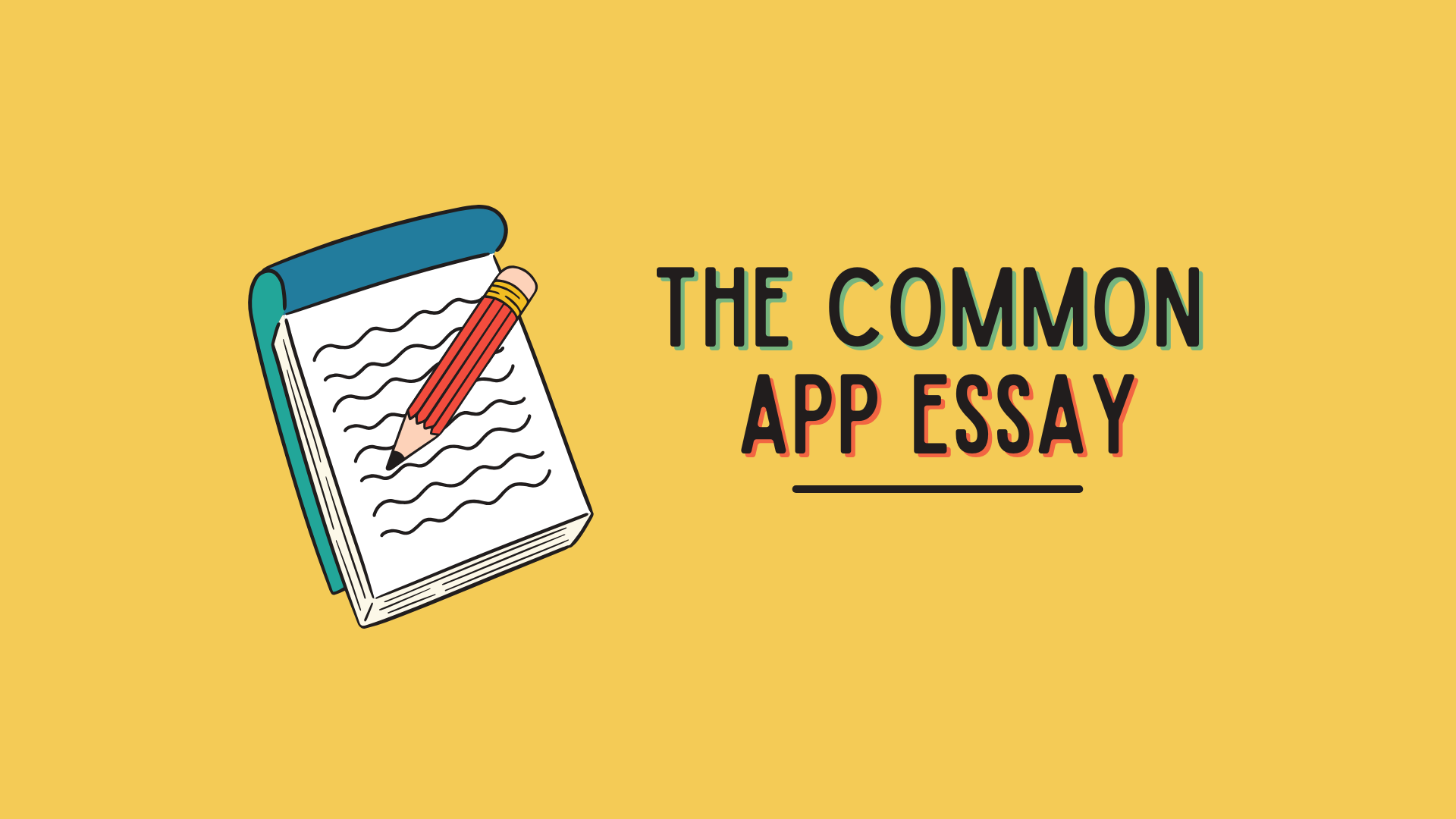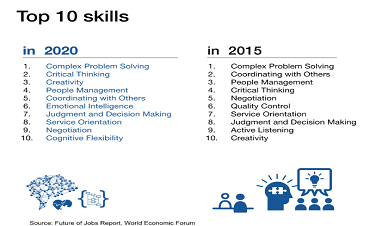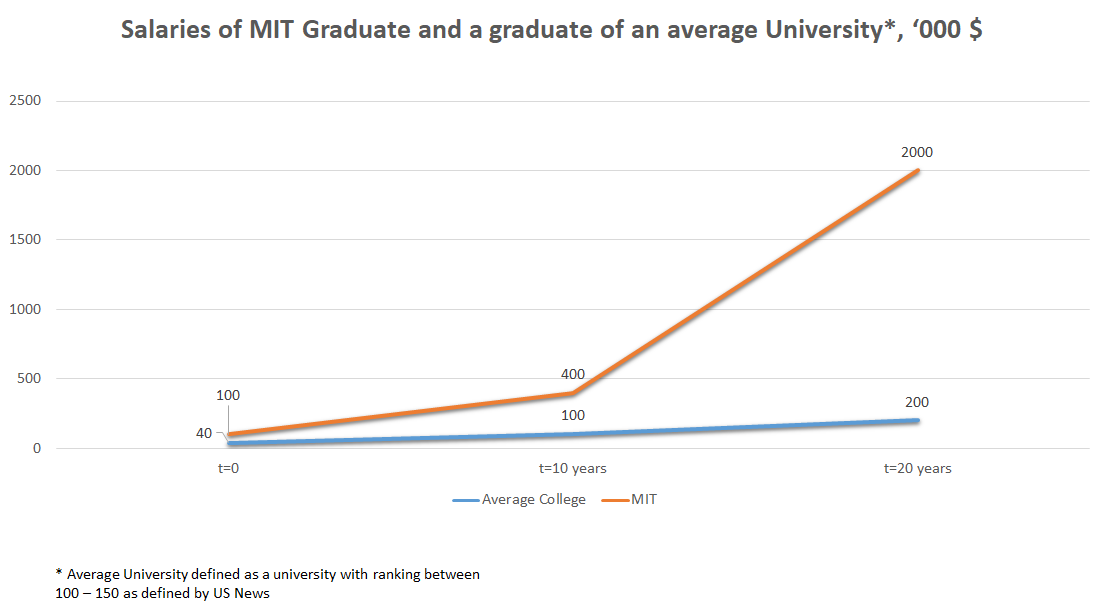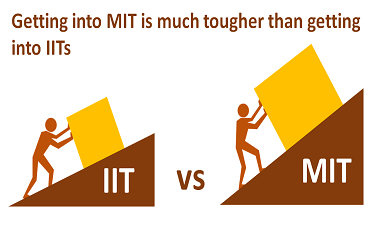What is a Reflective Essay and its Value in Elite College Admissions?
- Written by UnivAdmitHelp
- Category: Insights & Information
- Published on 02 Sep 2024
When applying to elite colleges, your application is typically evaluated based on three key aspects: Data, Voice, and Talent. Data includes your academic achievements and test scores, Voice is conveyed through your essays and letters of recommendation, and Talent is showcased through extracurricular activities, volunteer work, or any accomplishments beyond academics.
While it's easy for admission officers to validate your academic and extracurricular achievements through the Common App activities you’ve listed, your personal statement becomes the true reflection of who you are. It offers a unique opportunity to make a personal connection with an admission officer, who may then advocate for your candidacy among their colleagues. Therefore, it’s crucial that your essay tells your story in a way that is personal, unique, and most importantly, reflective.
What is a Reflective Essay?
Our experiences shape our thoughts and character. How a particular instance impacted us is our story. A reflective essay is a personal essay in which the writer examines a topic through the lens of their personal and unique perspective. The keywords here are "personal" and "unique."
In our academic lives, most of us go through similar experiences. Some students have a wide range of experiences, while others may have fewer but no less significant ones. For example, many applicants have held leadership roles in some form. What differentiates one applicant from another is how those experiences shaped them—the lessons learned from successes, failures, and the pressure to perform.
Let’s use Anshuman as an example, considering “leadership” as his core theme. He is the school football captain, heads the MUN team, and is the head boy of his school. If Anshuman were to write about his leadership experiences, he has plenty of content to draw from. Let’s look at two possible approaches he might take:
-
Approach 1: "I was elated when my dream of captaining the football team came true. It had been my goal ever since I saw Beckham bend the ball. I made sure I possessed all the qualities needed to successfully lead the team. Under my leadership, our school won numerous tournaments. I understood the team’s requirements and meticulously planned strategies to benefit them the most. My leadership skills have grown tremendously through these experiences."
-
Approach 2: "Dribbling the ball into the net always gave me a sense of control. As the youngest child in my family, my thoughts were often shaped by the opinions of my parents and older siblings. The lush football field felt like my own paradise, where I could dodge others’ opinions and prove my point through my soccer moves. Being chosen as the school team’s football captain was the icing on the cake. But I was nervous and anxious—always told but never heard, captaining the team gave me jitters. Before my first huddle as captain, I slipped into the dressing room early and pondered what my first words should be. Should they be directive? After all, I am the captain! But deep down, a voice in my head questioned: Do I want to be in control? All my life, I had been under others’ control, and I knew how claustrophobic that felt. Did I want to carry on that legacy? A resounding 'No!' echoed in my mind. Being in control doesn’t mean giving orders—it’s about understanding, keeping the team together, and ensuring that those 11 players on the field give their best. And on bad days, it’s about helping them reflect and improve. It’s funny how life’s tough experiences enrich your qualities as a person."
Did you notice the difference between the two essays? While both focus on leadership, the first essay tells rather than shows. In contrast, the second essay connects Anshuman’s experiences to his character, captivating the reader with a story. It’s important for students to understand that the Impact of a reflective essay largely depends on how well they convey the nuances of their experiences. Let’s compare the two approaches Anshuman used to illustrate this point:
-
Telling vs. Showing:
-
In the first approach, Anshuman focuses on listing his achievements as a football captain. While this tells the reader that he was successful, it lacks emotional depth and fails to engage the reader on a personal level. It's easy to understand what he did, but it doesn’t leave a lasting impression.
-
In contrast, the second approach shows the reader how these experiences shaped his character. By discussing his internal struggles and realizations, Anshuman creates a narrative that is both relatable and memorable. The reader not only sees what he achieved but also understands the emotional journey behind those achievements.
-
Relatability:
-
The first approach may be difficult for some readers to relate to, as it primarily focuses on success and achievements without delving into the challenges or personal growth involved. It's more about the outcome than the process.
-
The second approach, however, is highly relatable. Most readers can connect with feelings of doubt, the desire for control, and the process of self-discovery. By sharing these universal experiences, Anshuman’s story becomes more engaging and relatable, making it easier for the reader to connect with him on a personal level.
-
Retention:
-
Facts and achievements are easily forgotten, especially when they are presented without context or emotional resonance. The first approach may be quickly skimmed over and forgotten by the admissions officer.
-
A story, on the other hand, sticks with the reader. In the second approach, Anshuman’s internal dialogue, his reflection on control, and his realization about leadership create a narrative that is much more likely to be remembered. This story-based approach ensures that his application stands out in the mind of the reader.
-
Resonance:
-
The first approach lacks resonance because it doesn’t delve into the deeper meaning behind Anshuman’s experiences. It’s more of a checklist of accomplishments rather than a reflection on personal growth.
-
The second approach resonates because it connects Anshuman’s experiences with broader life lessons. His reflection on leadership and control not only provides insight into his character but also resonates with the reader on an emotional level. This creates a lasting impact that goes beyond just listing achievements.
Thus, a reflective essay should have the following characteristics:
-
Show, don’t tell: Use vivid storytelling to illustrate your points. The idea is not to boast but to authentically share your experiences and insights. Let the reader see your growth and understanding through the events you describe.
-
Resonate through a story: According to Jennifer Aaker, a Stanford professor, people don't remember statistics; they remember stories. A compelling story not only captures attention but also makes your experiences memorable and relatable. When your narrative resonates, it helps the reader connect with your journey on an emotional level, making your application stand out.
-
Reflect your learnings: This is the key point of a reflective essay. Focus on the "how," "what," and "why" aspects of your experiences. How did the experience impact you? What did you learn from it? Why is this learning significant for your growth and future aspirations? For example, in Anshuman’s essay, he didn’t just describe his role as a football captain; he reflected on how being in control contrasted with his usual life experiences, what this taught him about leadership, and why these insights matter. This approach provides depth and meaning, showing the reader not just what happened, but how it shaped you.
-
Embrace Multiple Iterations: When working on your reflective essay, remember that perfection doesn’t happen in a single draft. Don’t strive to get it right on the first try. Instead, create 2-3 different stories around a particular theme and allow yourself the freedom to write and rewrite without focusing on word count or immediate perfection.
It’s also crucial not to delete earlier versions of your drafts. Each iteration might offer a unique angle or insight that could be valuable in your final draft. By keeping these versions, you maintain a broader pool of ideas to draw from, which can help you craft a richer, more nuanced essay.
To Conclude, a reflective essay should aim to do more than just recount events. It should show growth, create emotional connections, and leave a lasting impact. By focusing on storytelling and reflecting on the "how," "what," and "why" of your experiences, you can ensure that your essay is memorable and resonates with the reader, much like Anshuman’s second approach.
Recent Posts
-

Comprehensive List of 30+ questions that High School Indian Parents and Students ask for US Admissions..
-

Common App Essay Tips 2025
-

Best extra-curricular activities for college admission for Indian students
-

How Many Universities Should You Apply To? Expert Tips for U.S. and U.K. Admissions for Indian Students
-

Step-by-Step Guide to Creating an Exceptional Capstone Project for Indian Students




